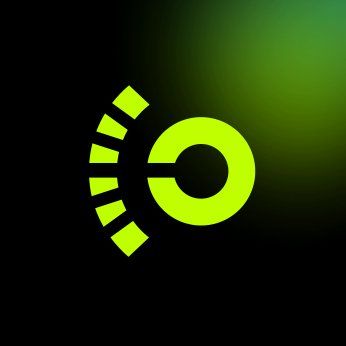Audio Presented by

Lumoz(formerly Opside), a decentralized ZK-RaaS (ZK-Rollup-as-a-Service) network featuring ZKP mining.
Story's Credibility

About Author
Lumoz(formerly Opside), a decentralized ZK-RaaS (ZK-Rollup-as-a-Service) network featuring ZKP mining.